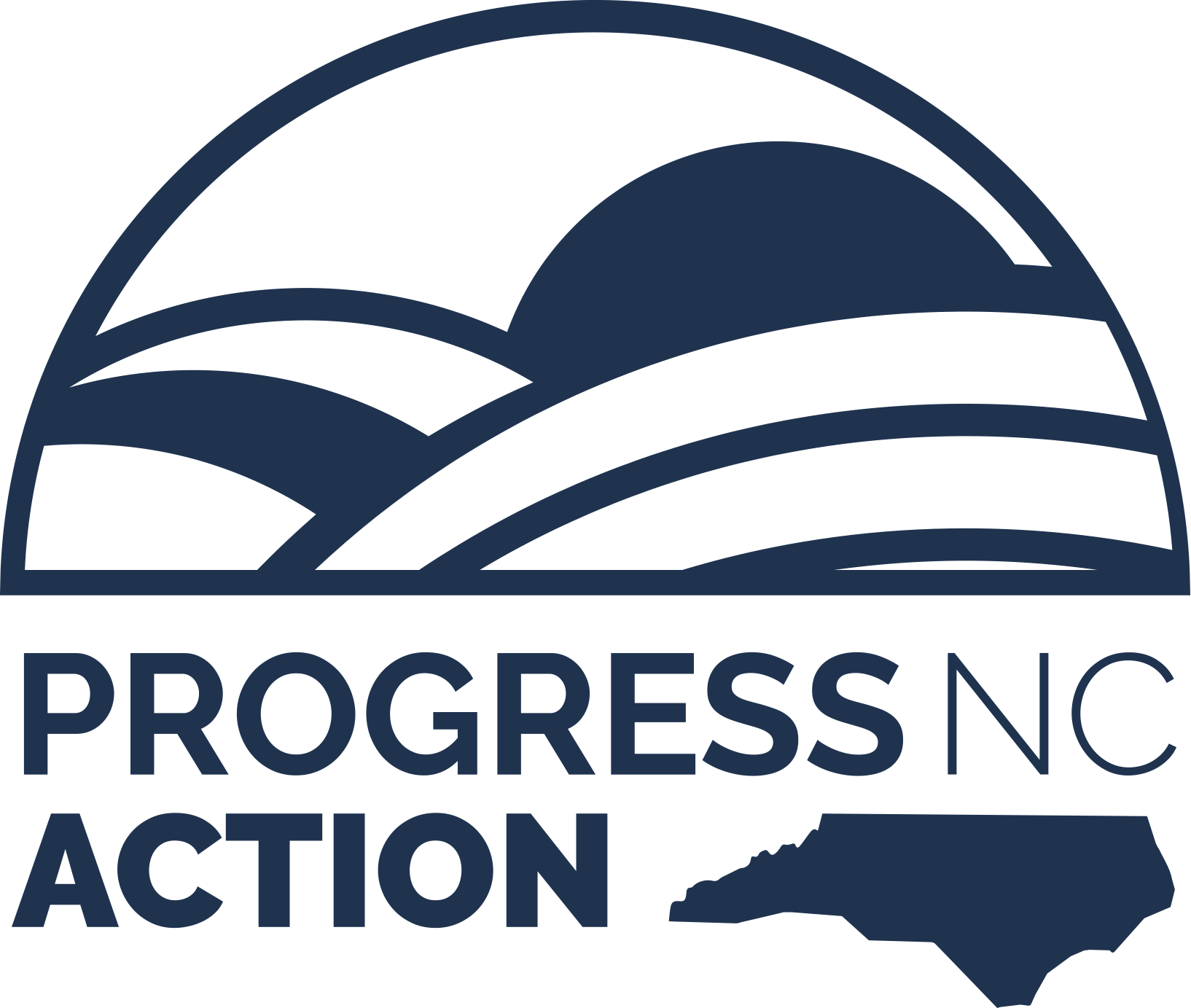From The Jefferson Post: Shortage of basic school supplies demonstrates legislature’s failure to invest
When adjusted for inflation and enrollment classroom supply funding has dropped by 53% over the last ten years. Classrooms are really feeling the squeeze as teachers and parents are spending hundreds out of their pockets to provide essentials. The North Carolina legislature has failed to invest in our public education, depriving students of their right to a quality public education. This is simply unacceptable.
It’s an exciting time of year for students, parents, and educators, alike, as everyone considers the vast potential for the year ahead. Undoubtedly, this will be a great year for many students. But far too many North Carolina students still face barriers to reaching their full potential due to the General Assembly’s continuing failure to adequately fund our public schools.
Much of the recent focus has been on the inadequate funding of school supplies. Most notably, Governor Cooper is leading a fundraising effort to provide needed supplies and materials to classrooms across the state. Additionally, his 2017 budget proposal included a plan to provide every teacher with a stipend of $150 to spend on school supplies. The idea was that the stipend would partially offset the $500 to $1,000 that teachers are spending of their own money to be able to have needed classroom supplies.
Despite entering the 2017 Budget Session with a surplus of state funding, the General Assembly did not include the Governor’s teacher supply stipend in the budget for this school year. Nor did the General Assembly increase the funding to school districts that allows school districts to purchase needed classroom supplies. As a result, funding for classroom supplies and materials continues to languish.
Per-student funding for supplies and materials is less than half of the amount provided in the 2009-10 school year. In current-dollar terms, the state provided funding of $68 per student in the 2009-10 school year, compared to just $31 per student for this school year.
Even when North Carolina was spending $68 per student in school supplies, the funding level was far below the levels recommended by national school funding experts. For example, a 2016 expert panel in Maryland recommended funding supplies and materials at $100 per-student for elementary schools and $115 per student at the middle and high school levels, with additional amounts for at-risk students and students with limited English proficiency. A Washington, DC study recommended providing $225 per student for supplies in middle and high schools.
The situation is equally dire when one adds text books to the equation. As far back as 2006, a study from Washington state recommended combined supplies/textbook funding of $140 per student in elementary and middle schools, and $175 per student in high schools. Current-year funding in North Carolina for those activities is just $78 per student, about half the level recommended in a similar state a decade ago!
North Carolina’s own spending patterns also reveal that current funding levels are inadequate. Despite the state being fully-responsible for all public school operating costs, the state covered just 24 percent of supplies and materials spending in the 2015-16 school year.
As a result, North Carolina newspapers have been filled with examples of schools and concerned citizens going to amazing lengths to fill the hole created by the General Assembly’s neglect. A quick skim of the news reveals school supply drives benefiting Franklin, Iredell, New Hanover, Randolph, Burke, Wilkes, and Union County schools. While it’s heartening to see communities band together to help children, these school drives should be a mark of shame the House and Senate appropriations chairs who represent these counties.
School supply drives are problematic for two reasons. First, educators do not need to be wasting their time and effort on begging for things that are constitutionally required to be provided by the state. Educators’ time would be better spent preparing engaging learning plans for the upcoming school year. Second, relying on donations exacerbates racial and economic funding inequalities. Studies find that wealthier districts with fewer low-income children benefit more from school donations from private citizens.
Of course, school supplies aren’t the only area in which state funding is falling short. When adjusting for enrollment and inflation, school funding has been cut in the following areas since leadership of the General Assembly switched hands in 2010 (a time period in which the state was already struggling to find resources as a result of the Great Recession): classroom teachers, instructional support personnel (counselors, nurses, librarians, etc.), school building administrators (principals and assistant principals), teacher assistants, transportation, low wealth schools, disadvantaged students, central office, limited English proficiency, academically gifted, small counties, driver training, and school technology. Funding streams for teacher professional development and mentoring of beginning teachers have been eliminated completely.
It doesn’t have to be this way. North Carolina can easily afford to give all of our students the tools they need to thrive. All it takes is for our policymakers to stop prioritizing tax cuts for the wealthy and instead prioritize the needs of our children. With adequate funding, our schools can get out of the fundraising business and instead focus on providing the best possible education to our students.

